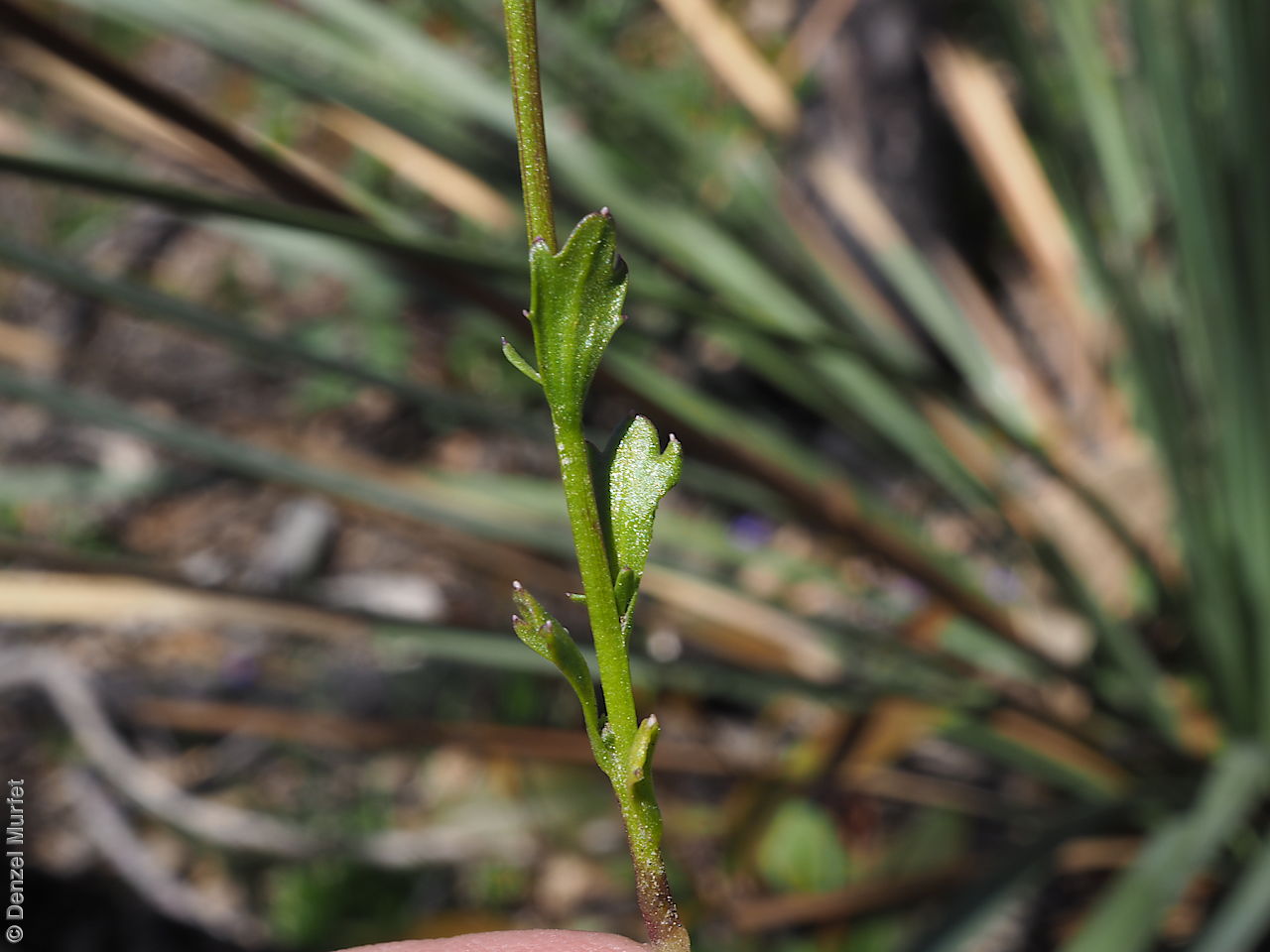
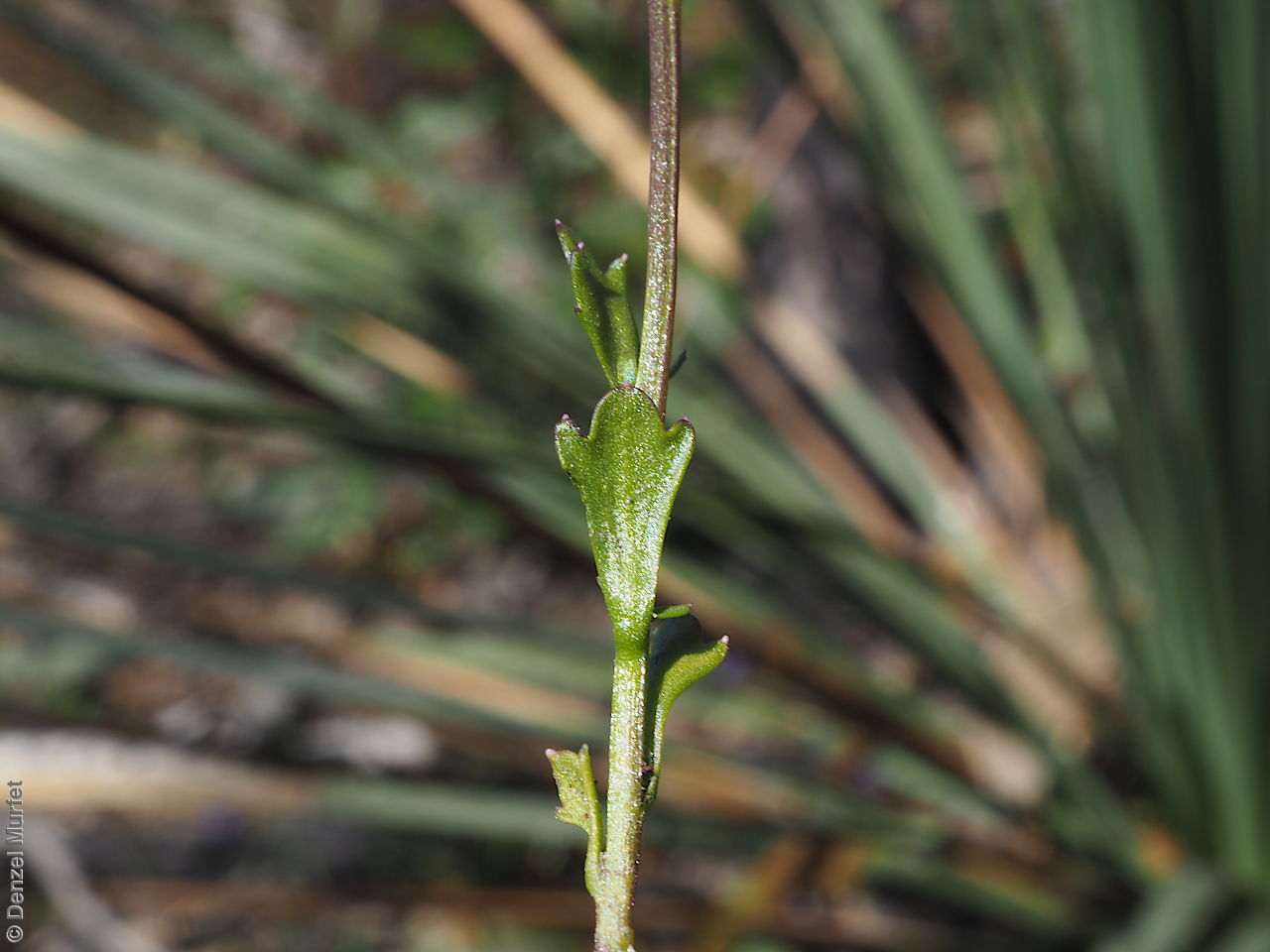
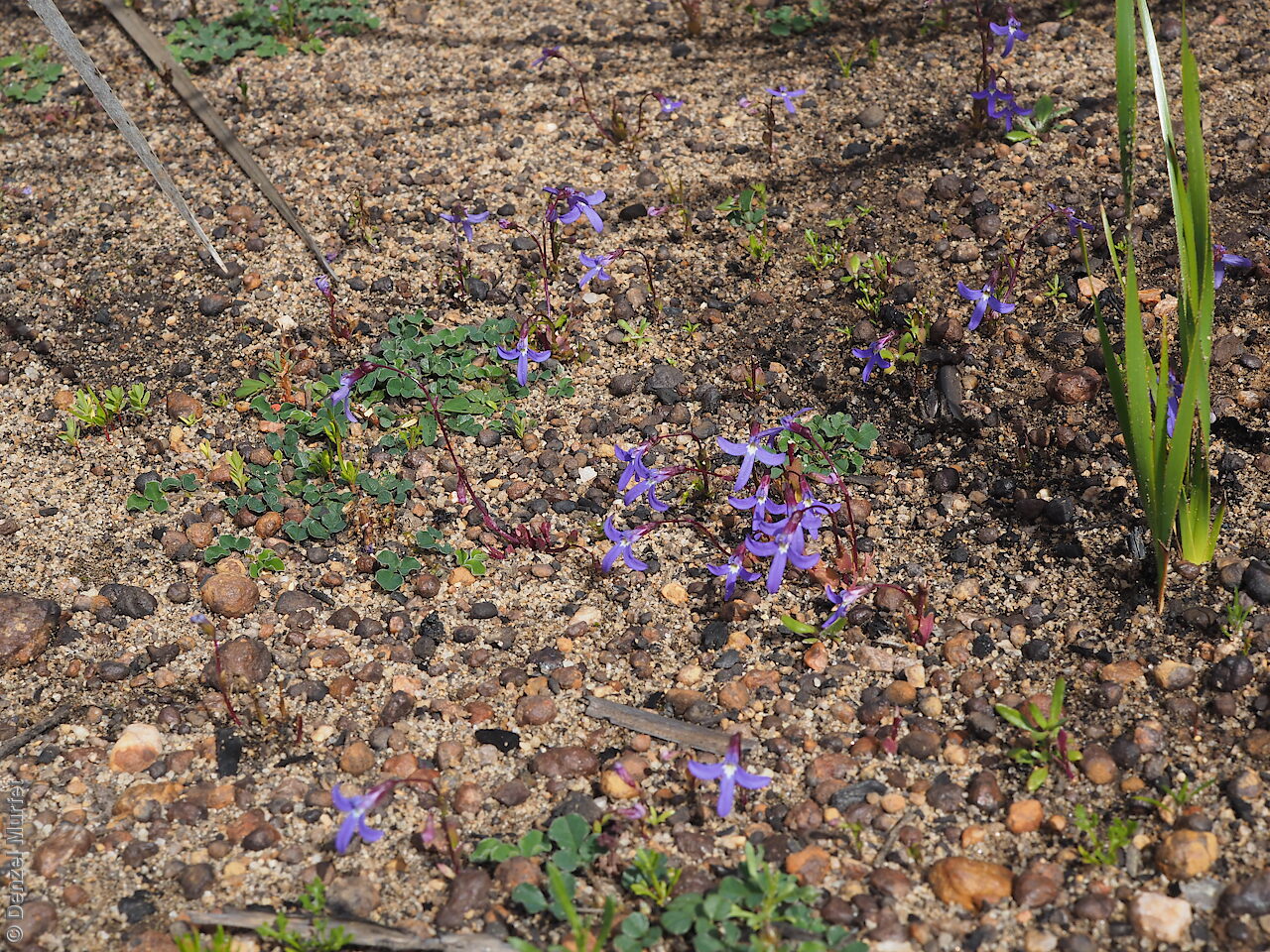
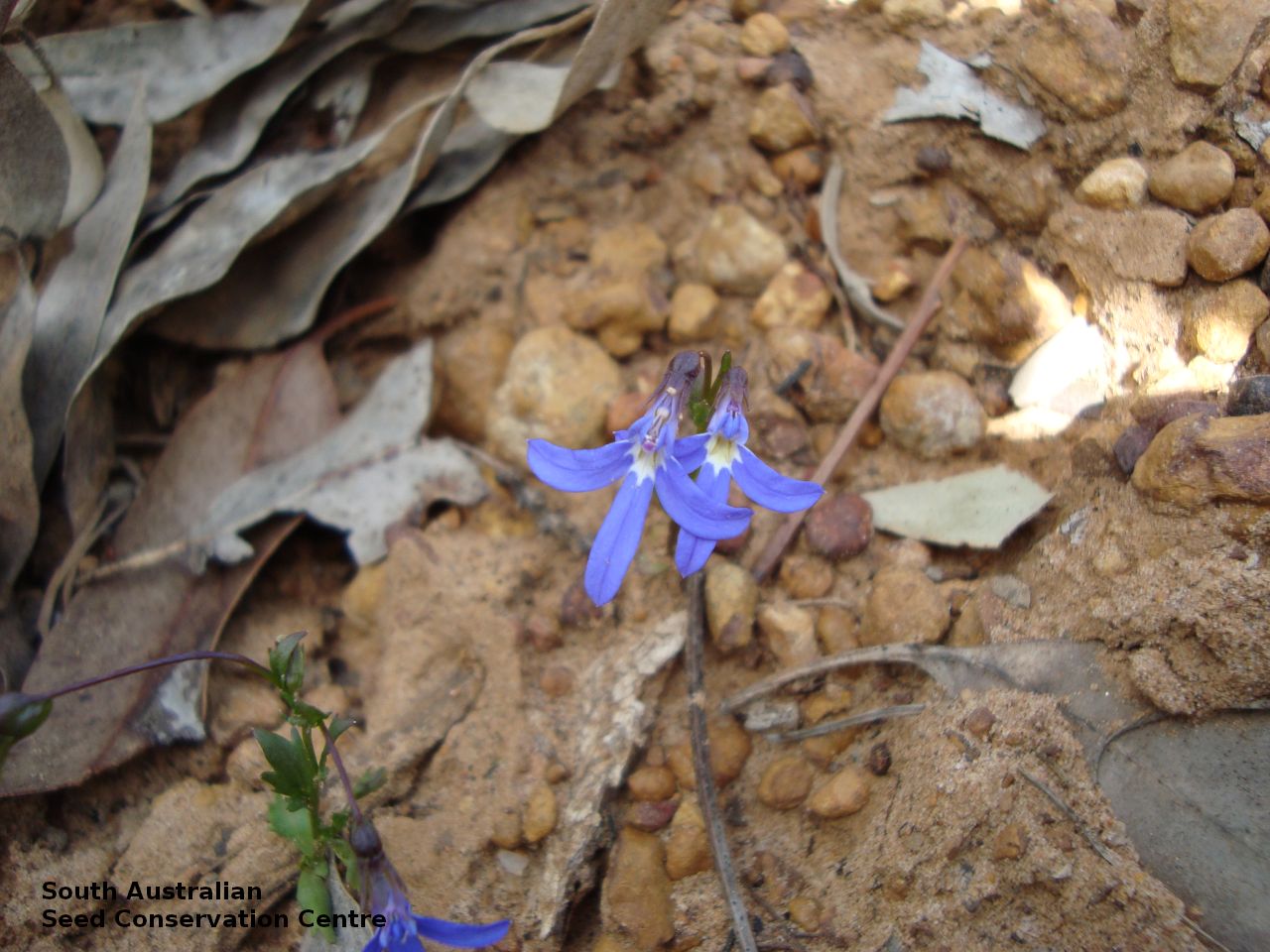
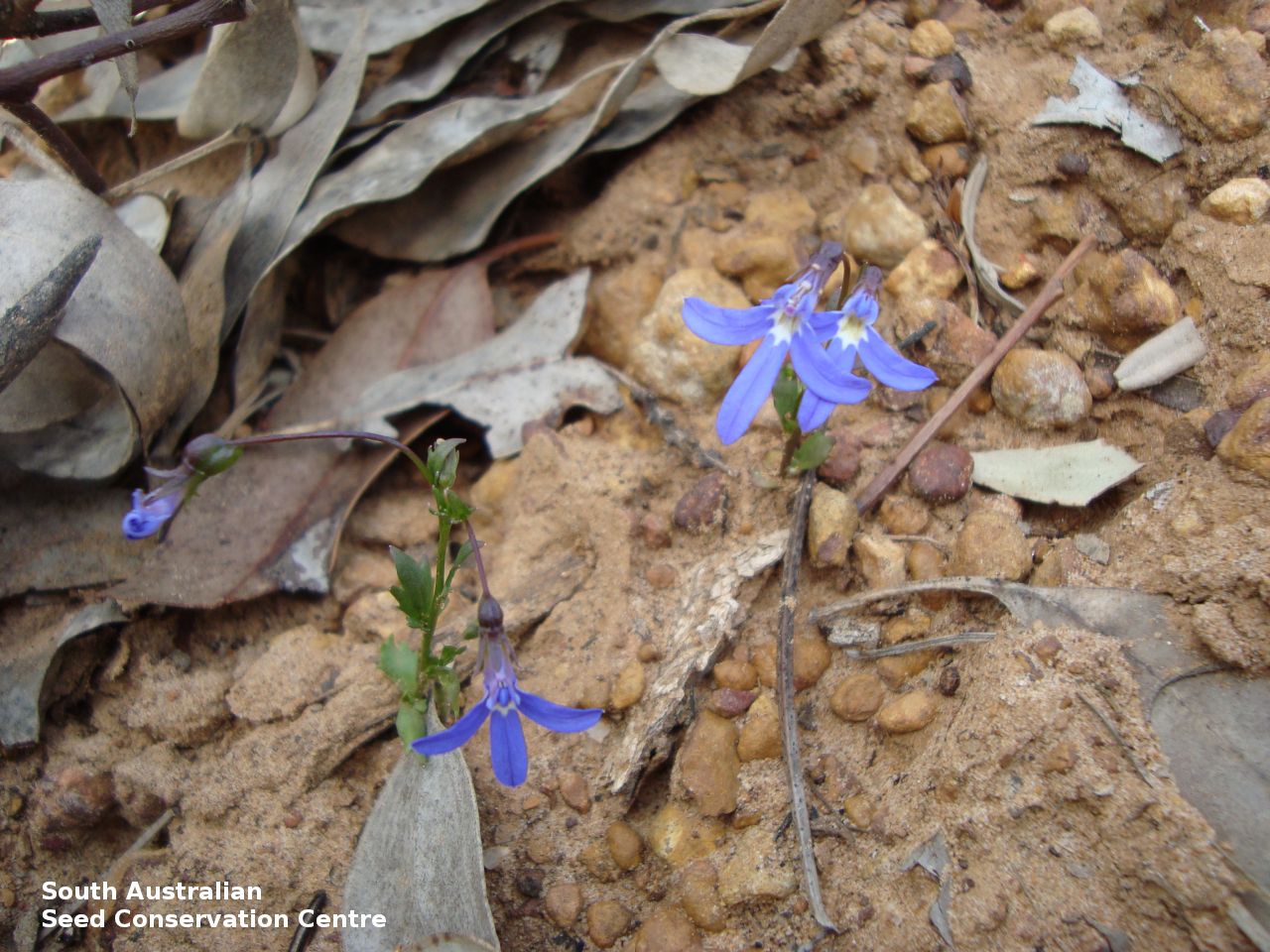
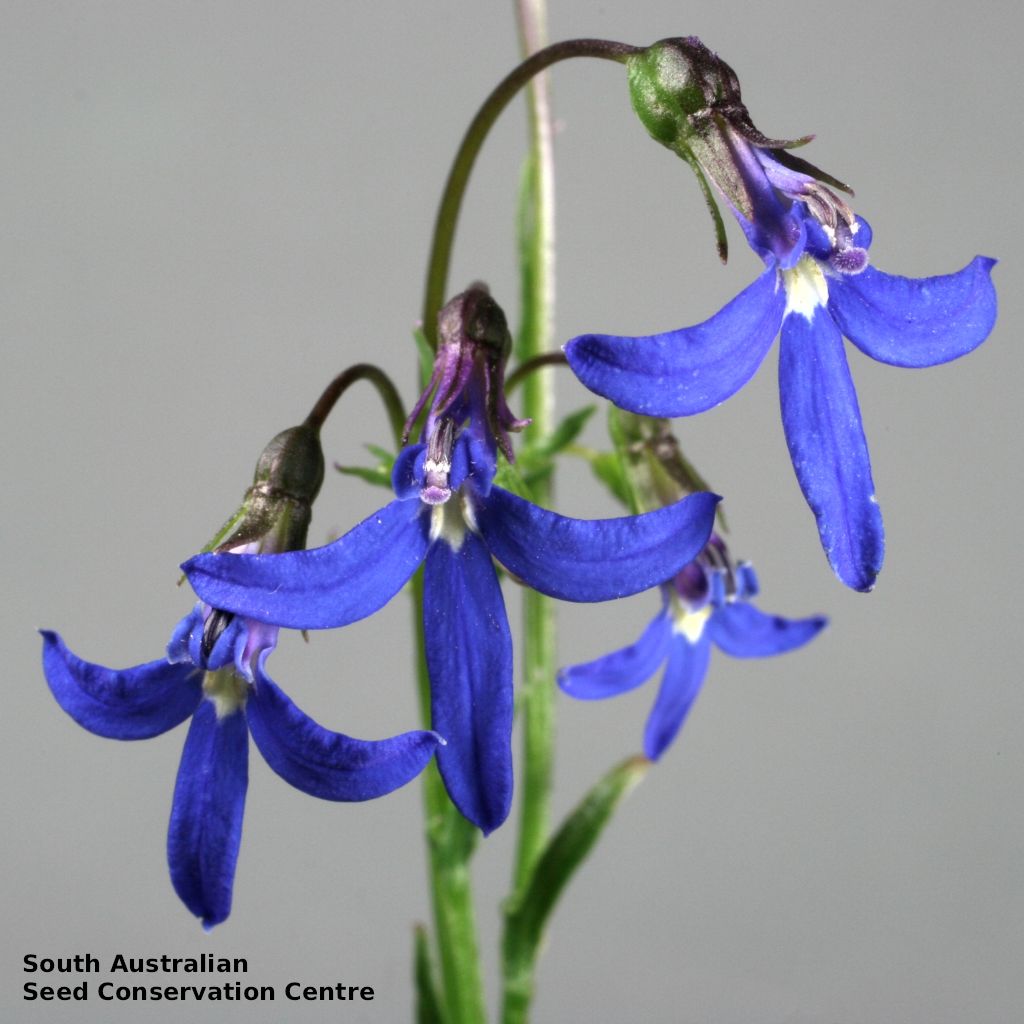
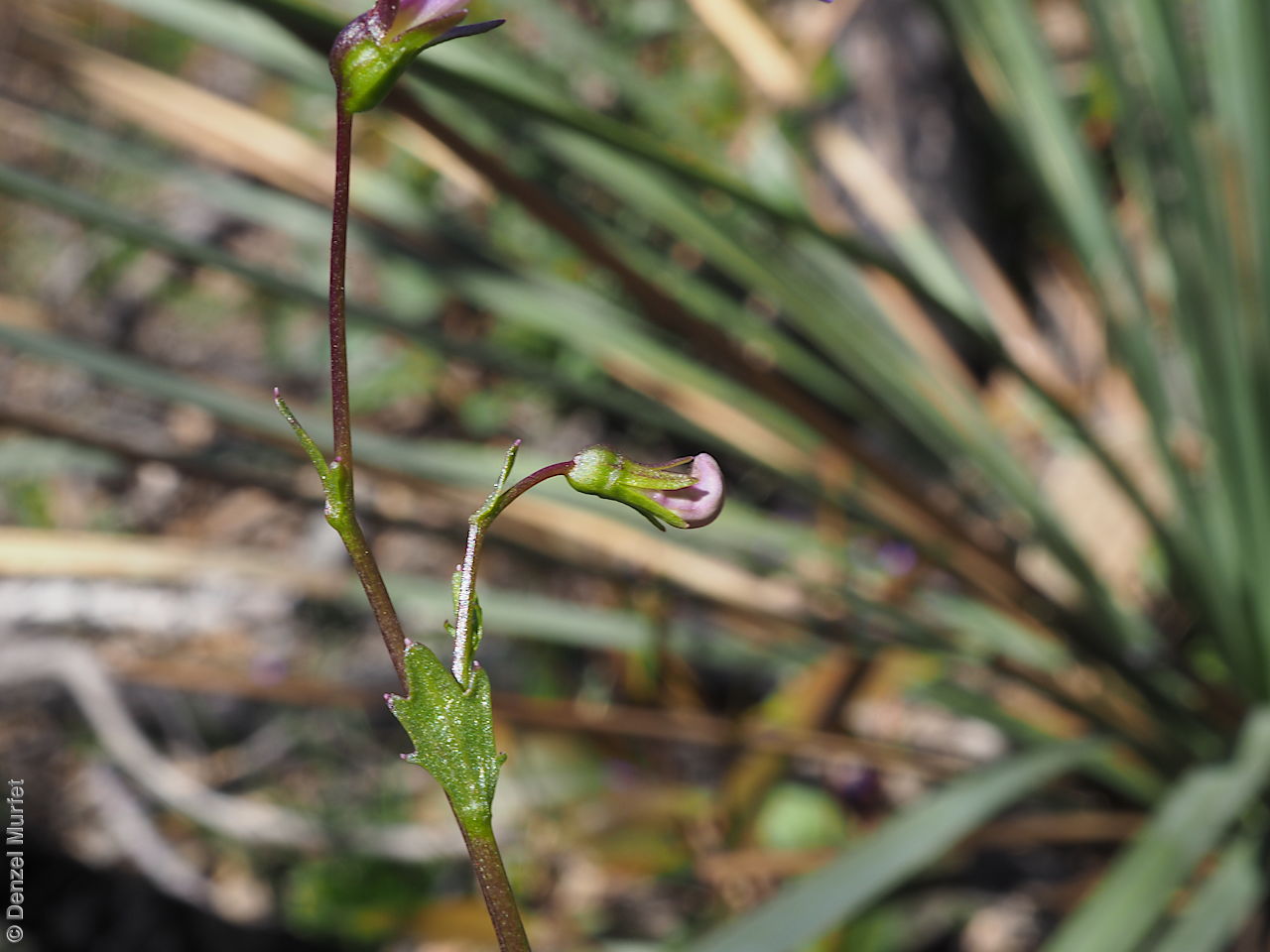
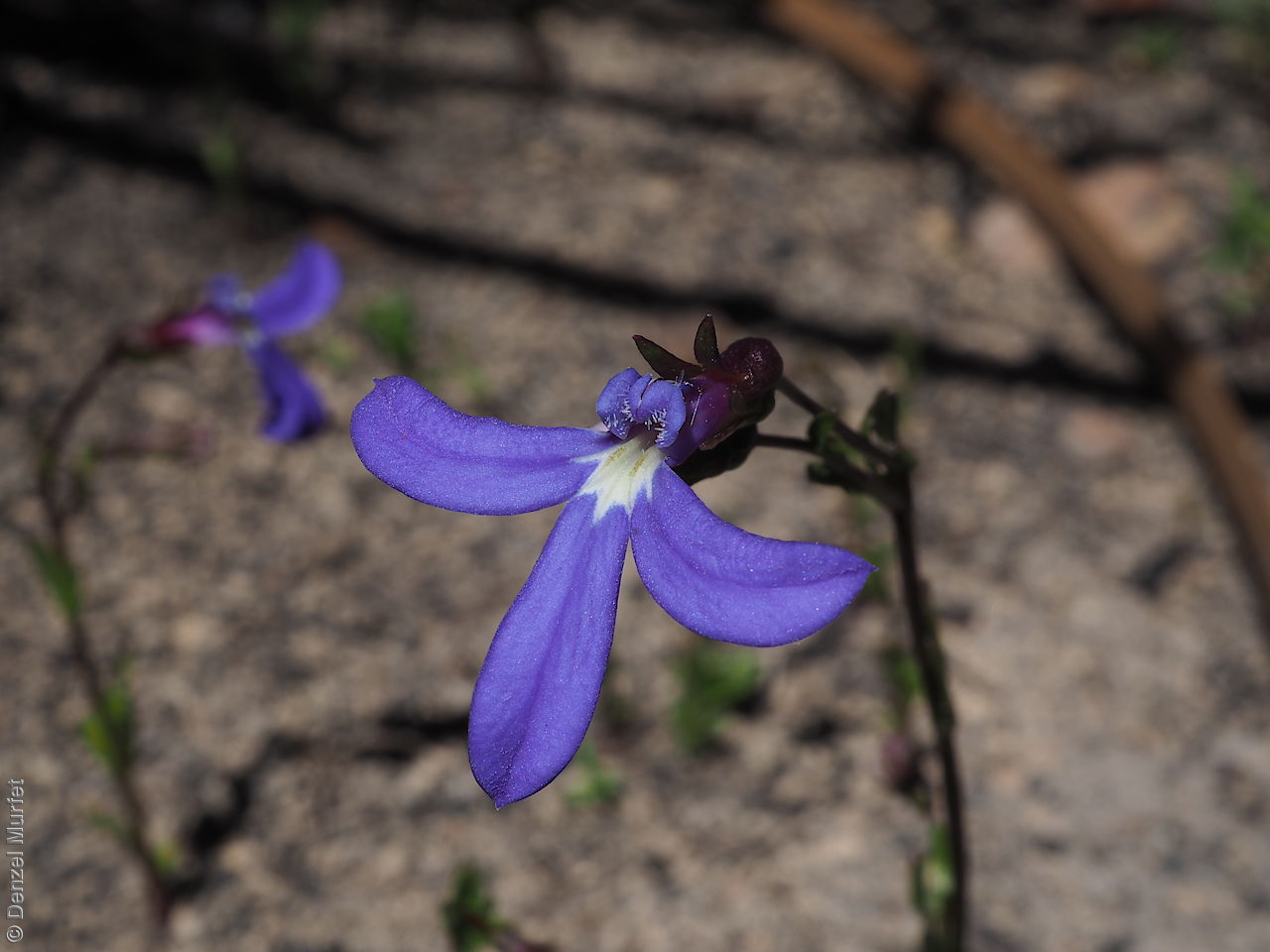
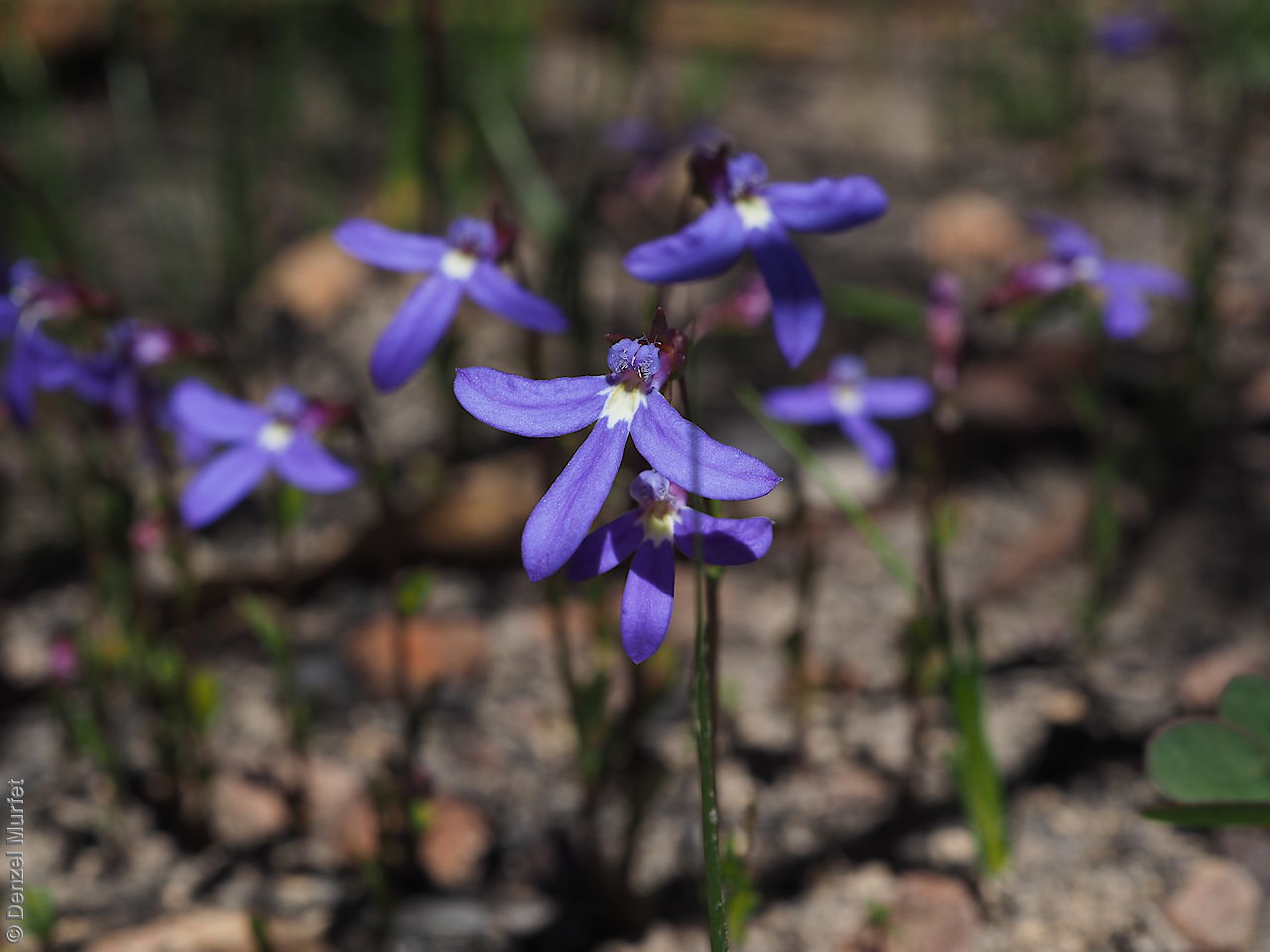
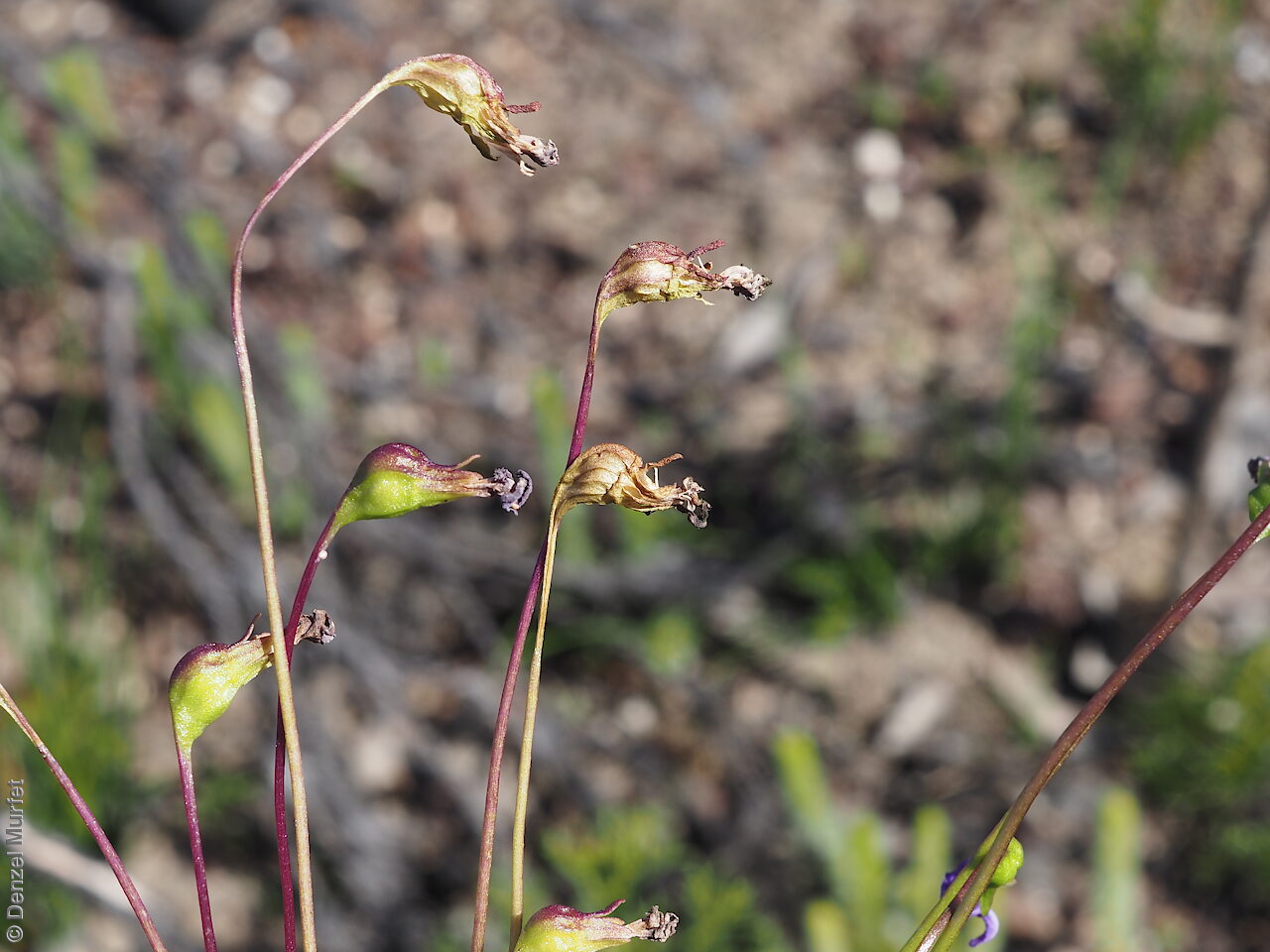
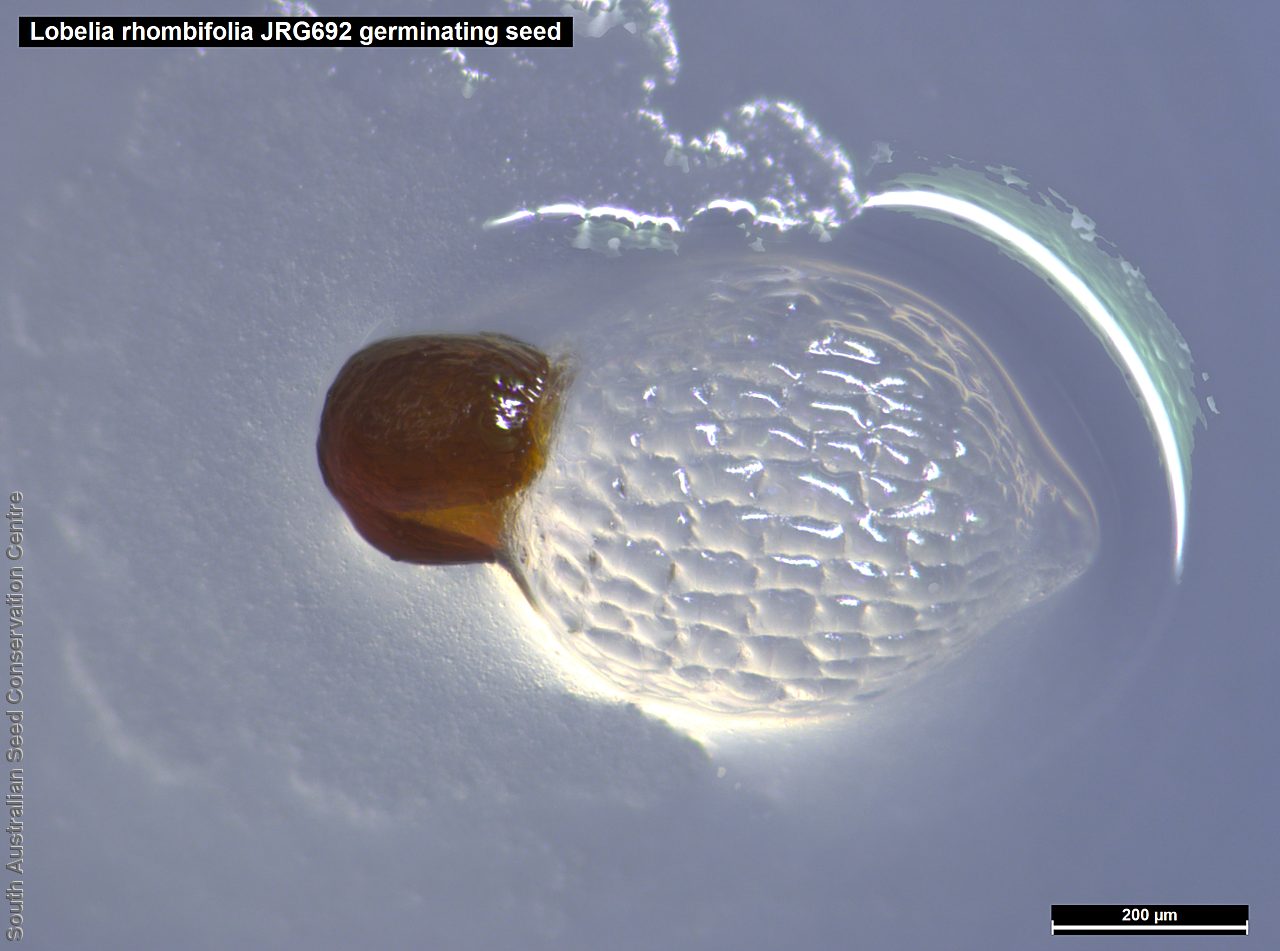
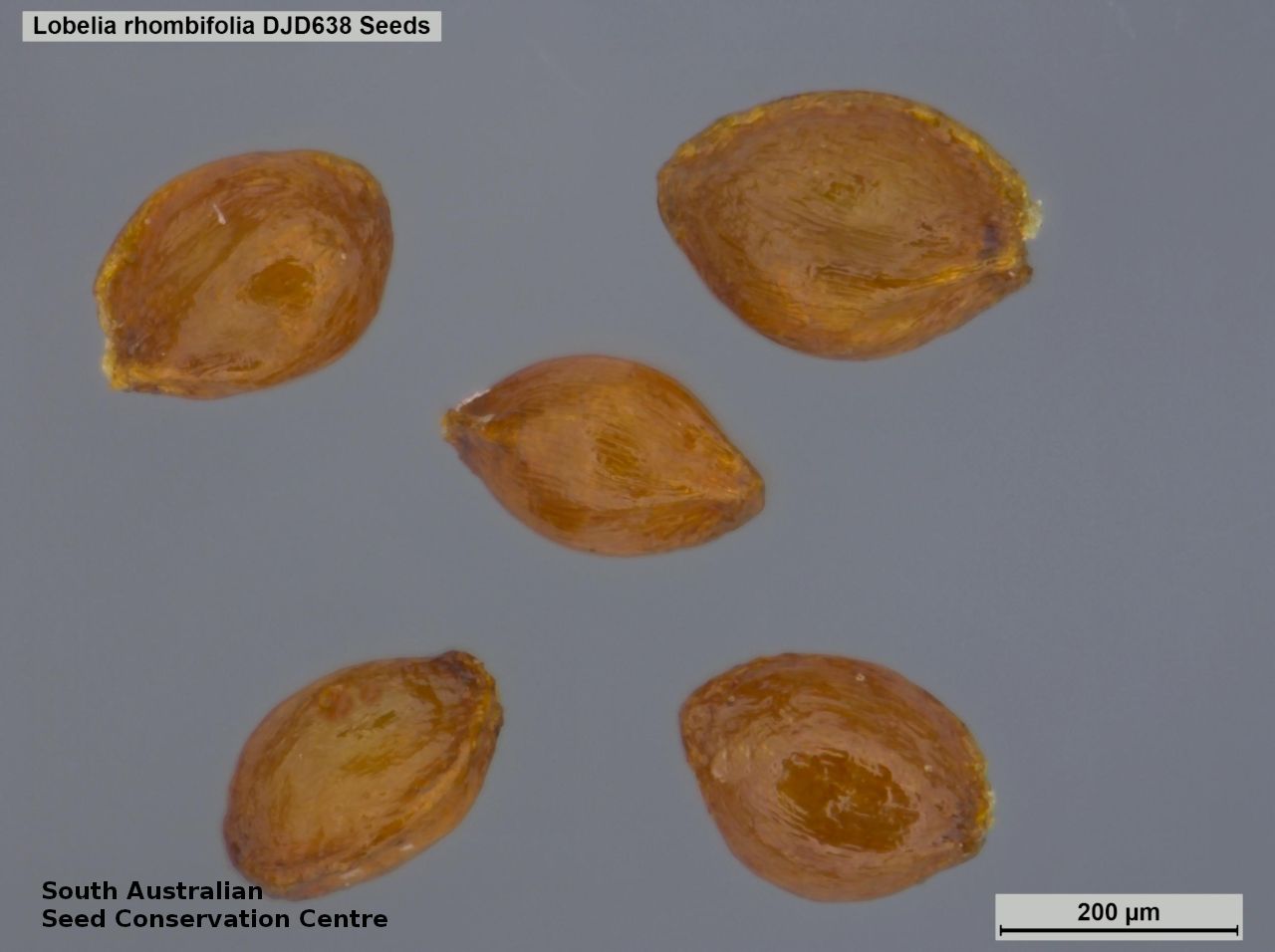

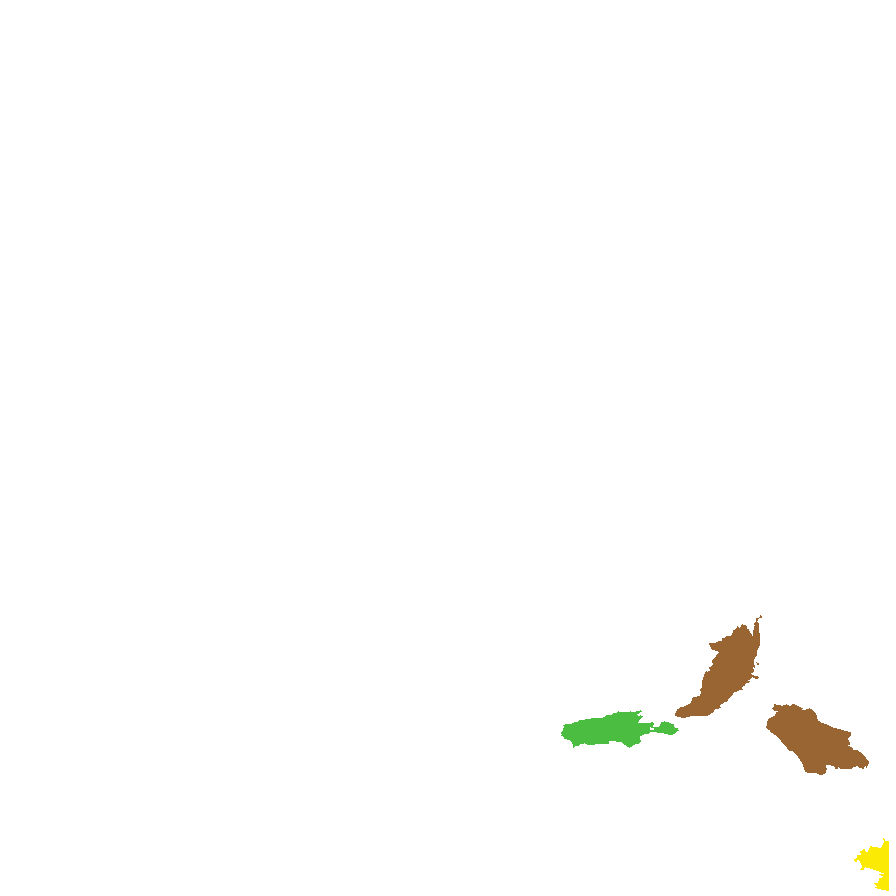
Botanical art
Etymology
Lobelia, named after Mathias de Lobel (1538-1616), physician to William of Orange and then botanist to James I of England. Rhombifolia, from the Latin 'rhombicus,' meaning a rhomboid (diamond shape) and 'folium, meaning a leaf, referring to the species' diamond-shaped leaves.
Distribution and status
Found on Kangaroo Island, southern Mount Lofty Ranges and in the upper South-east in South Australia growing on sandy or gravelly sites, often common after fires. Also found in Western Australia, Victoria and Tasmania. Native. Uncommon in South Australia. Rare in Tasmania. Common in the other States.
Herbarium regions: Southern Lofty, Kangaroo Island, South Eastern, Green Adelaide
NRM regions: Adelaide and Mount Lofty Ranges, Kangaroo Island, South East
AVH map: SA distribution map (external link)
Plant description
Annual herbs to 20 cm high, with a tap root and usually with several branches from the base. Leaves broadly obovate to rhombic-obovate, with a cuneate base and few, often rounded teeth at the base of the plant; becoming oblanceolate to linear-elliptic, with coarse distant serrations, to 15 mm long and 12 mm wide; glabrous. Flowers on a long stalk to 10 cm long from leaf-like bracts, with blue flowers; lobes oblong-triangular, the tube paler blue than the lobes and split along the upper side; the upper 2 lobes recurved and glabrous; the lower median lobe oblanceolate,;blue with a yellow spot in front of the throat and longer than the similar 2 lateral lobes. Flowering between October and February. Fruits are brown obovoid capsule to 8 mm long. Seeds are orange to brown ellipsoid seed to 0.3 mm long and 0.2 mm wide; smooth surface. Seed embryo type is linear, under-developed.
Seed collection and propagation
Collect seeds between October and February. Collect mature capsules that are fat, turning a pale straw-colour and containing orange seeds. Place the capsules in a tray and leave to dry for one week. Rub the capsules gently by hand to dislodge the seeds. Use a sieve to separate the unwanted material. Be careful as the seeds are very small. Store the seeds with a desiccant such as dried silica beads or dry rice, in an air tight container in a cool and dry place. From two collections, the seed viability was average to high, ranging from 55% to 90%.
| Location | No. of seeds (weight grams) | Number of plants | Date collected | Collection number Collection location | Date stored | % Viability | Storage temperature |
|---|---|---|---|---|---|---|---|
| BGA MSB | 107,500 (0.77 g) 107,500 (0.77 g) | 50+ | 31-Oct-2006 | DJD638 Southern Lofty | 1-Aug-2007 | 90% | -18°C |
| BGA | 23,200 (0.27 g) | 40 | 30-Oct-2007 | RJB75635 South Eastern | 19-Sep-2008 | 55% | -18°C |
| BGA | 186,700 (1.27 g) | 30+ | 16-Oct-2018 | JRG692 South Eastern | 24-Apr-2019 | 95% | -18°C, -80°C |
Number of plants: This is the number of plants from which the seeds were collected.
Collection location: The Herbarium of South Australia's region name.
% Viability: Percentage of filled healthy seeds determined by a cut test or x-ray.